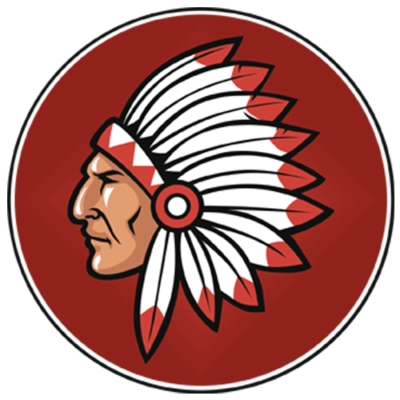Native American
The Town of Indian Head was once the territory of and home to the Algonquin Indians. It derived its name from the fact that it was once part of an Indian Reservation and sits on a headland overlooking the Potomac River. Indian Headlands was shortened over the years to Indian Head. Fiction would have us believe that it was named for a rather unfortunate Indian romance that caused an Indian to lose his head over a local Algonquin princess, but that is simply a story created to promote an aura of mystique over the name.

In 1666, 12 Native American groups and the Maryland colonists signed the Articles of Peace and Amity, which allowed the Native Americans to remain on the lands that they then occupied. Two years later the Articles were clarified and some of the lands between the heads of Mattawoman and Piscataway Creeks was specifically allotted to the Native Americans, with English settlement forbidden there.
By the early 1700’s encroachment of the English, settlers forced the Native Americans in the region to abandon the area. Most of the Piscataway moved away, across the river to Virginia and north to Pennsylvania.
On January 9th, 2012, Governor Martin O’Malley signed two historic Executive Orders recognizing Maryland Indian status of two groups indigenous to the State of Maryland. With the signing of the Executive Orders, Governor O’Malley officially made the Piscataway Indian Nation and the Piscataway Conoy Tribe the first state-recognized tribes in Maryland history. The Piscataway Conoy petition for recognition includes the Piscataway Conoy Confederacy and sub-tribes, and the Cedarville Band of Piscataway.





